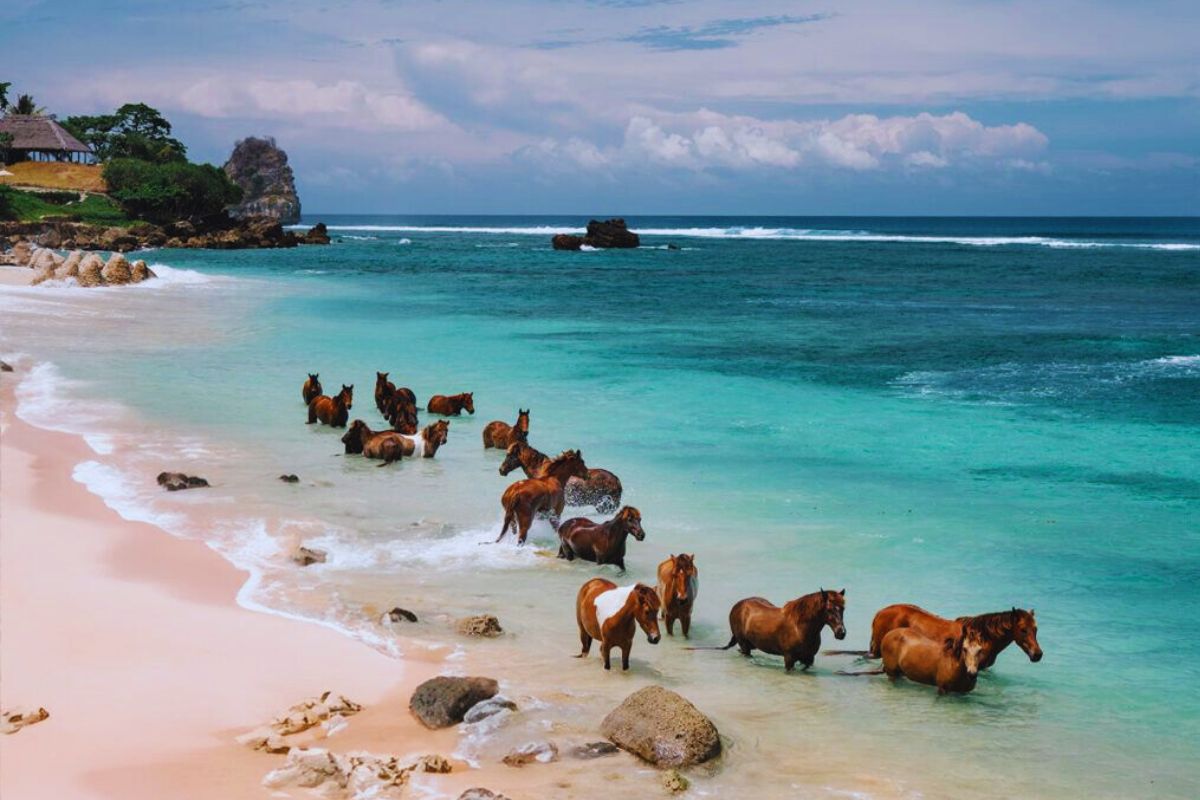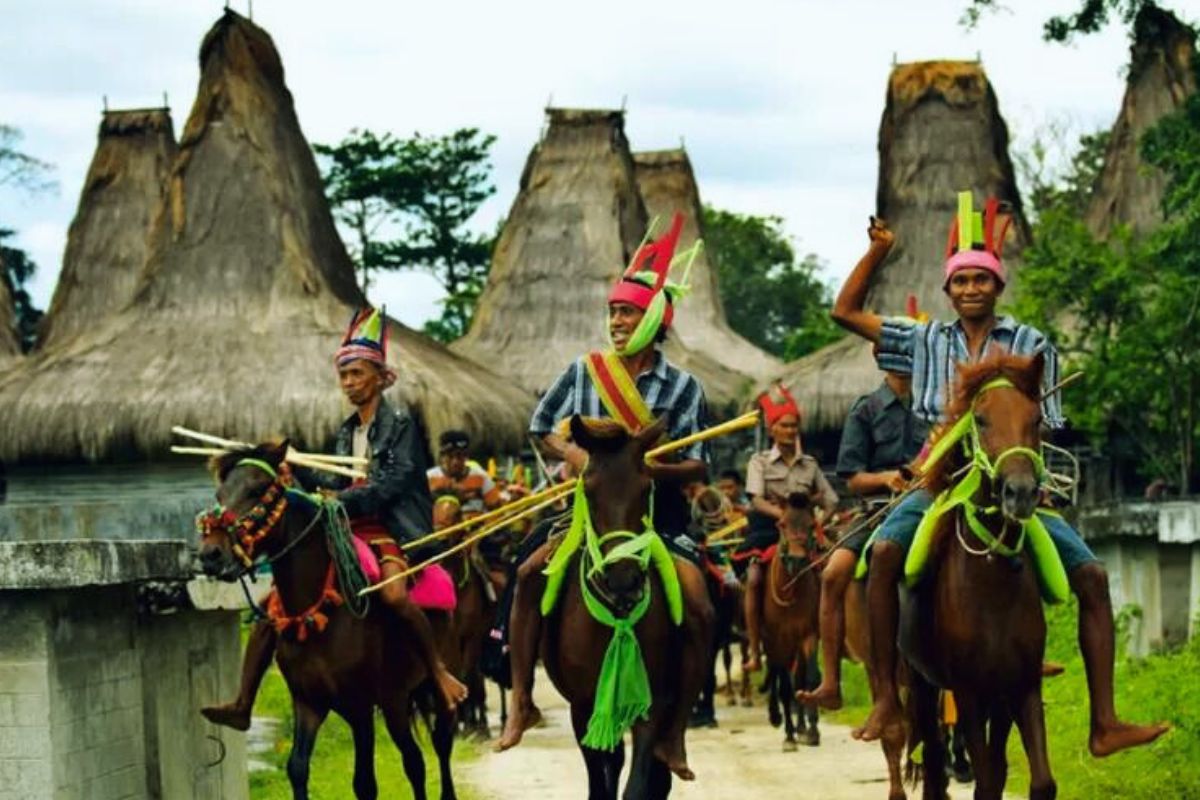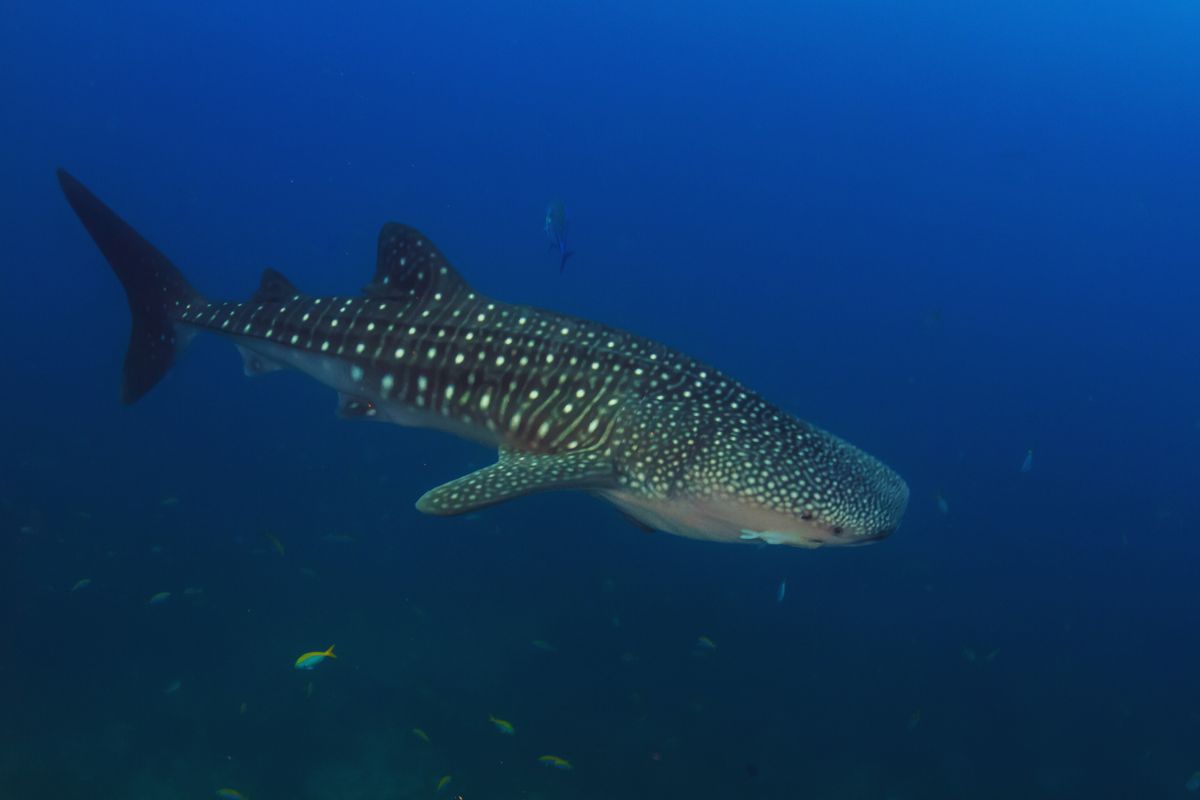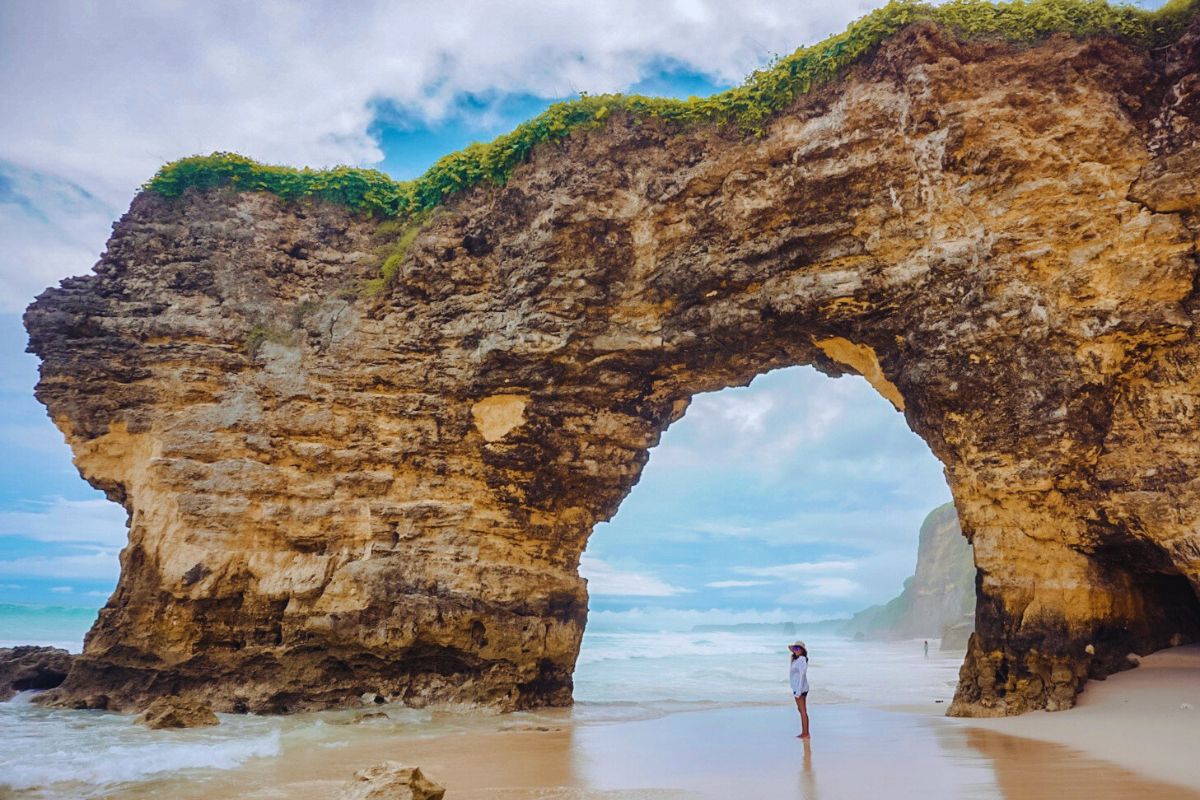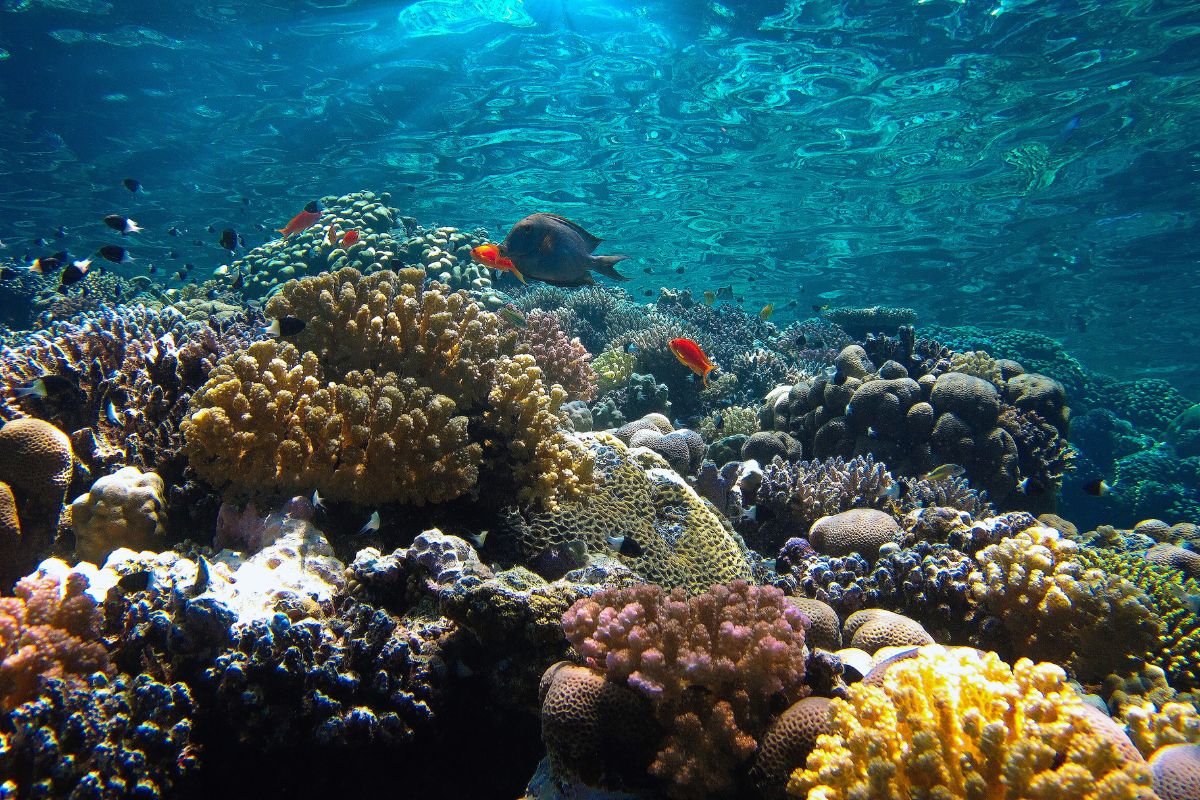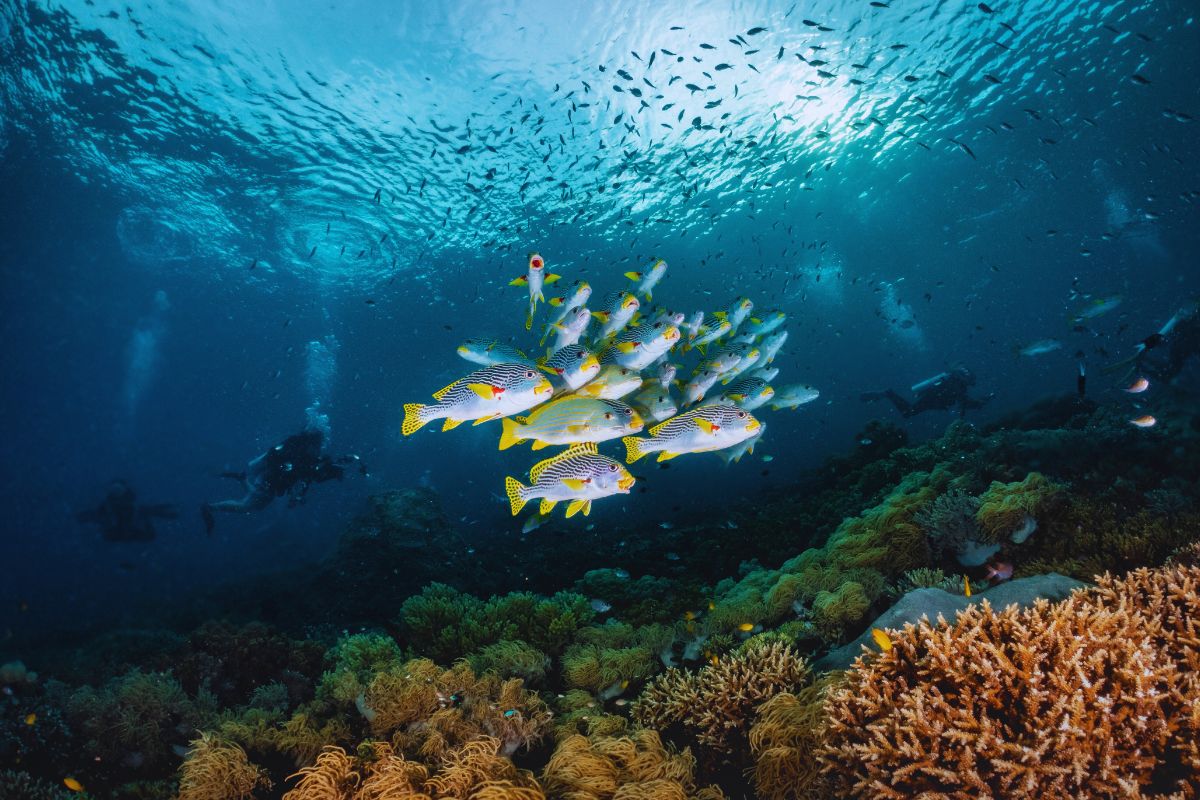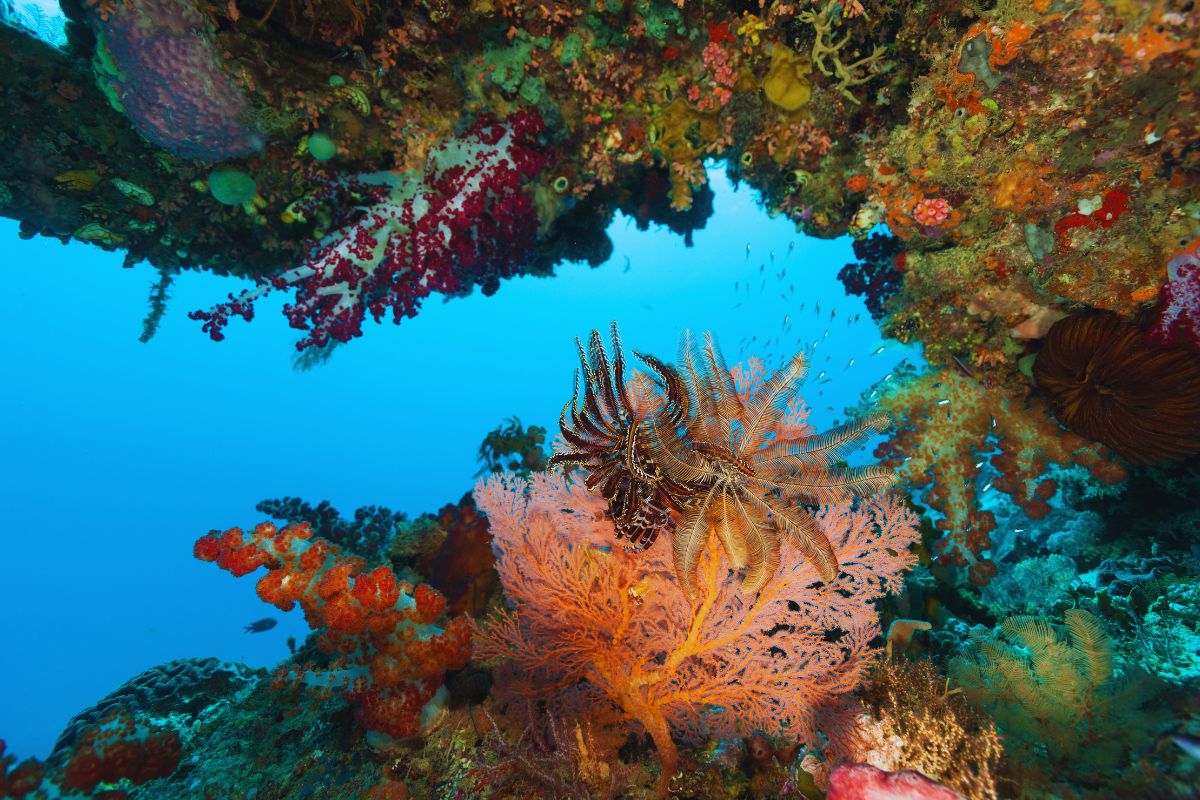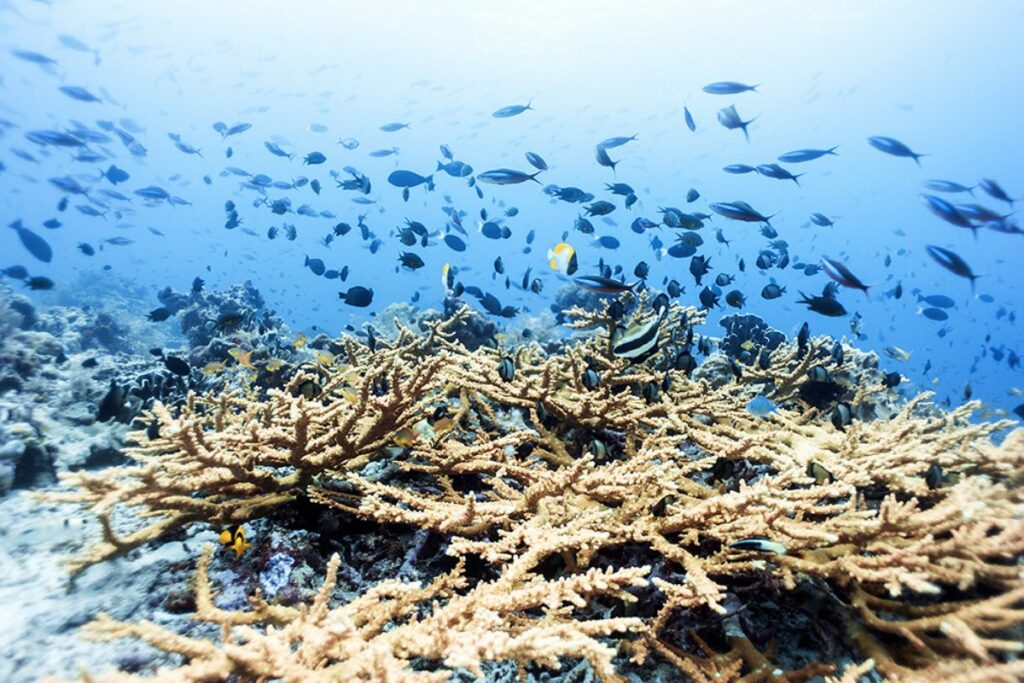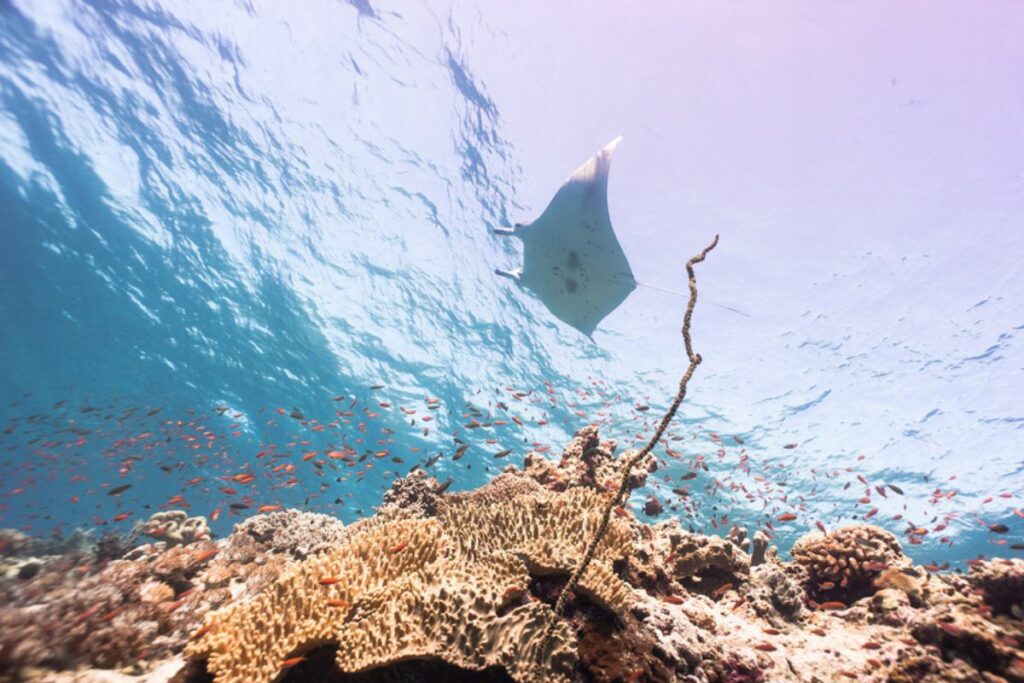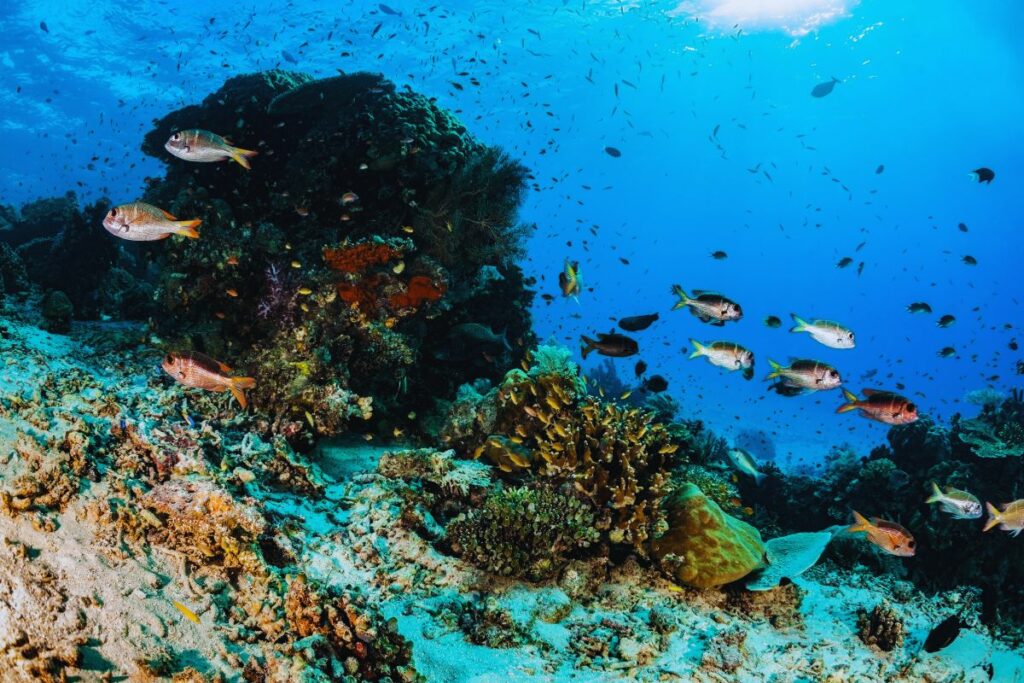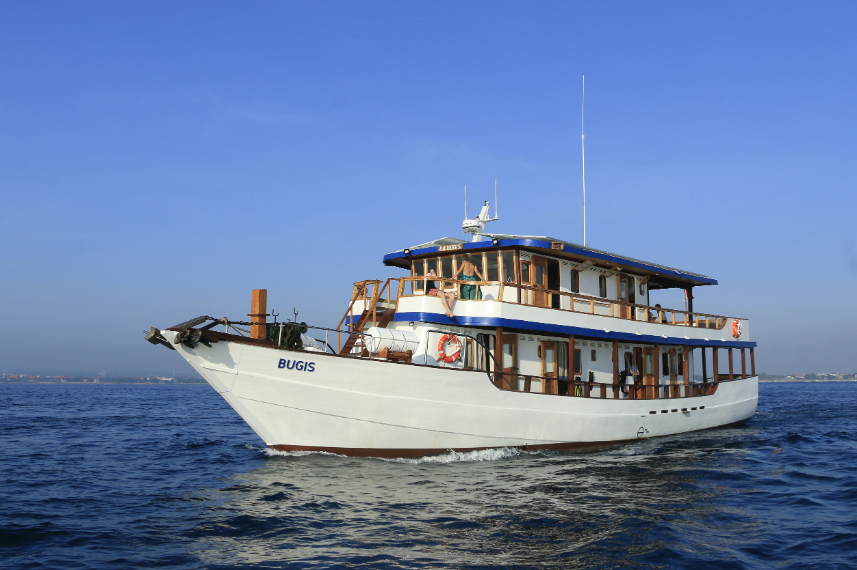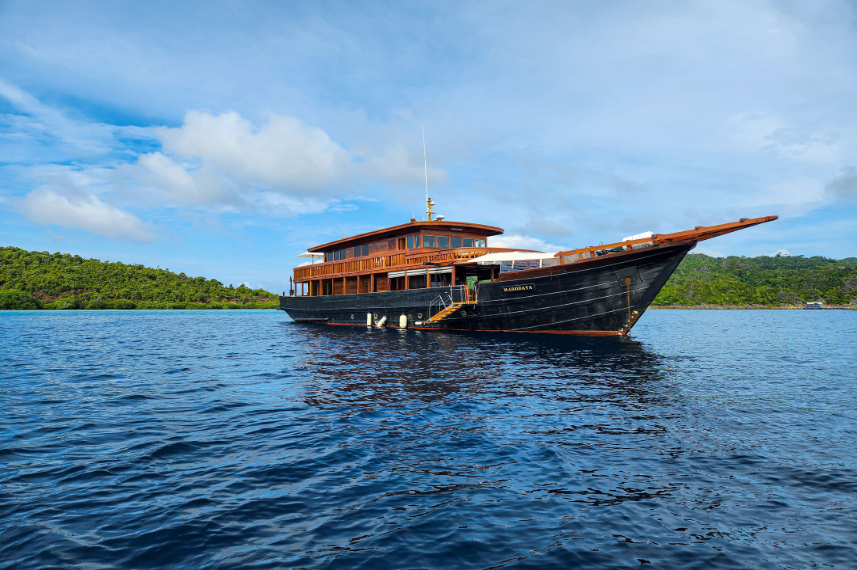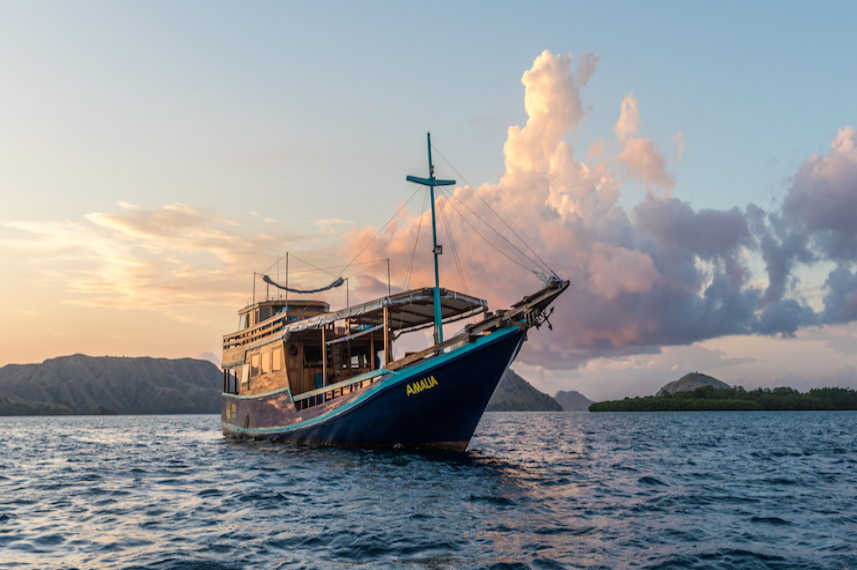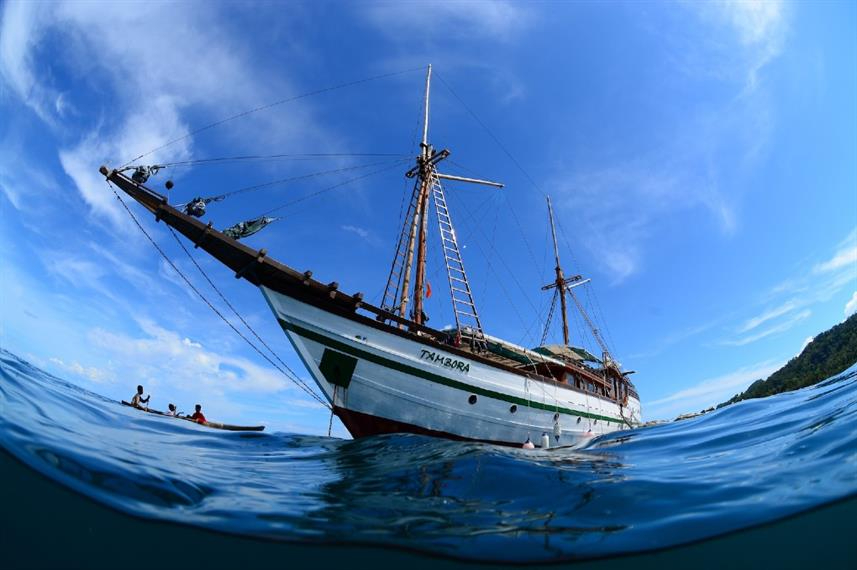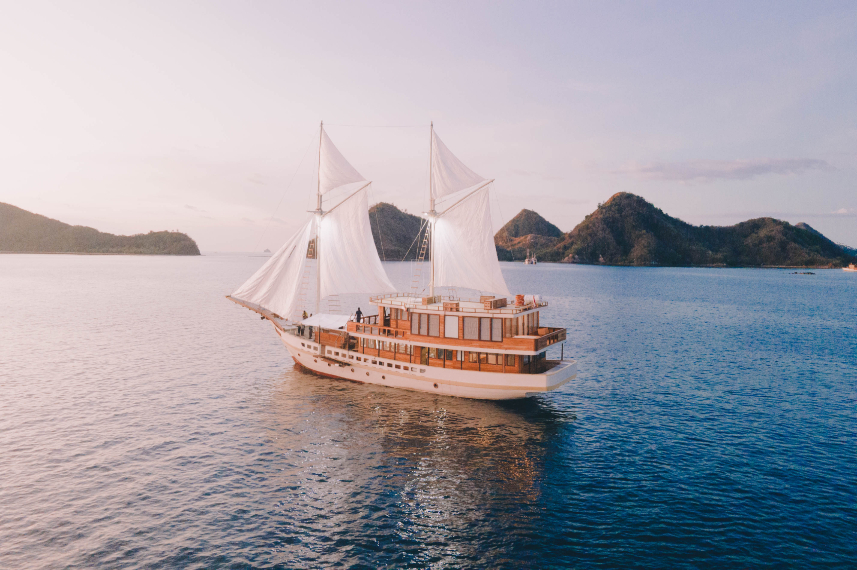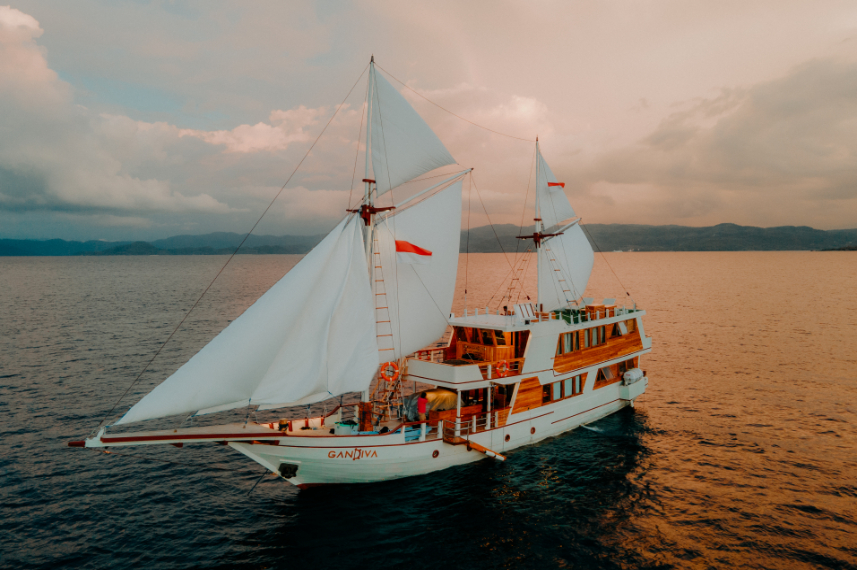Sumba
Sumba is often confused with Sumbawa due to the name’s similarity. But Sumba is not Sumbawa as they have their characteristics and charms. This island is located in the south of Komodo, surrounded by the Savu Sea, the Indian Ocean, and Sumba Strait, promising an underwater spectacle.
Though Sumba is known more as a surfer’s paradise and rich tradition than a diving destination, the dive spots around this island are the epitome of uncharted territories, as many sites are still not well documented and waiting to be explored. Sumba is the perfect place to satiate your curiosity if you're an adventurous diver.
Top highlights of Sumba
- If you’re in Sumba around February or March, watching the Pasola tradition should be on your itinerary
- Head to Salura Island off the southern coast of Sumba for some incredible diving
- Whale sharks and manta rays are among two marine animals that can be spotted in Mareha Cape
- As one of the least visited destinations when it comes to diving, Sumba offers plenty of unexplored areas, promising an adventurous dive
About Sumba
Sumba is part of East Nusa Tenggara province and is often overlooked when it comes to diving to Komodo Island. With almost twice the size of Bali but a sixth of the population, Sumba is an island worth exploring, whether inland or underwater.
The name Sumba originated from the word humba in the Sumba language, which means ‘our native land’ or ‘the motherland of Suma people’ as stated in ancient Sumba manuscripts. The letter ‘h’ was replaced with ‘s’ during the mass migration of Javanese people in the 12th century due to the similarity of the word with umbah, which means ‘to wash’ in Javanese.
Sumba is known for its megalithic artifacts. Some of the remains and burials go back thousands of years ago and have become part of some Sumba villagers’ beliefs. Sumba is also famous for Ikat textiles, a dyeing and weaving process, and a piece that takes months to finish due to its intricacy. Another renowned ritual from Sumba is Pasola, a tradition that happens around February/March. This tradition involves members of the clans fighting on horseback with spears and is believed to bring fertility to the land.
Diving in Sumba
With three bodies of water surrounding Sumba, it is no wonder that the marine biodiversity here is astonishing. Adding the fact that Sumba is less popular than Komodo Island or the Alor archipelago makes the dive here even more memorable. The chance to discover or explore new dive sites is wide open.
Different fish species can be found while exploring the waters around this island. From reef species like damselfish, butterflyfish, angelfish, surgeonfish, triggerfish and parrotfish to groupers, wrasse, sweetlips, and anthias are in great numbers. Some of these fish are often found among the colorful soft corals, hard corals, and gorgonian sea fans. Mackerel, barracudas, trevallies, and jacks are often found to glide swiftly across the waters.
Though less expansive than Lembeh Strait, macro creatures here are enough to entertain any macro enthusiasts. Different species of octopus, cuttlefish, pygmy seahorses, squid, nudibranchs, flatworms, pipefish, shrimps, and crabs can be spotted in the crannies of the almost-pristine coral reefs. Moray eels and crocodile fish are also commonly seen around Sumba.
The southern part of Sumba, which borders the Indian Ocean, is the ideal place to spot whale sharks, dolphins, and manta rays, though sightings often depend on the season and the time of your visit.
Discover your next adventure in
The Unexplored Waters of Sumba
Sumba is undoubtedly known for its rich culture, but the name rarely comes into a conversation when it comes to diving. And that is precisely the reason why diving in Sumba is unique and unforgettable.
Unlike Raja Ampat or Komodo, among two of Indonesia's most popular diving destinations, Sumba can only be described as an uncharted territory as many dive sites must be appropriately explored and well documented. This fact gives the opportunity to dive in places where few—or even none—divers have ever dived before and admire the pristine conditions of the coral reefs. The fewer visitors also means that you can dive in peace and truly immerse yourself in the beauty of the underwater scenery that Sumba has in store for those who are brave enough to explore it.
The opportunity to find new species or incredible dive sites in Sumba is also an exciting possibility. But the real reward of diving in Sumba is the relatively untouched areas, something that cannot be said about many regions in Indonesia, even the world. It would be fantastic if you find a species that has never been recorded before, wouldn’t it?
Diving Environments in Sumba
Walls, sandy sea floors, and coral reefs are the typical topography that you can find while diving in Sumba. These conditions are one of the reasons why marine biodiversity in Sumba thrives and is full of life. The depth around Sumba also varies. The shallower reefs are great at around 15 meters, while they can exceed 30 meters in deeper areas.
The water temperatures around Sumba range from 25 to 30 degrees Celsius and rarely drop drastically, even during the wet season. The visibility in Sumba is also excellent. Depending on the season and location, it ranges from 15 to over 30 meters. The dry season brings the best visibility due to calmer sea surfaces and less rainfall, while in the wet season, the visibility is less stellar.
Discover your next adventure in
How to get to Sumba
Getting to Sumba is easy, mainly if you depart from Bali or Kupang, as these cities have direct flights to Sumba.
Depending on which area of Sumba you are trying to reach, the island has two airports. Wings Air serves direct flights from Bali and Kupang (the schedule from Kupang is irregular; please check accordingly) to Waingapu Airport, located on the island’s eastern side.
There are also flights to Tambolaka, the airport southwest of Sumba. From Denpasar, there is a direct flight via Wings Air and Citilink. If you depart from Kupang, only Nam Air has direct service. The flights occur every Sunday, Monday, Wednesday, and Friday when this article was written.
Diving Seasons & Weather in Sumba
Sumba is one of the regions in Indonesia that can be explored all year round, including diving. But the best period to dive in Sumba is during the dry season, which lasts from May to November, primarily during the May to September period. During these months, the weather is generally excellent. October and November are the ends of the dry season, but they still provide good enough visibility for diving.
The wet season occurs from December to April with more rainfall, even though Sumba generally has a dry northern Australian climate due to its proximity. This condition makes it possible still to dive. The temperatures from June to August period drop to below 20 degrees Celsius, and this is due to the winter season in Australia.


